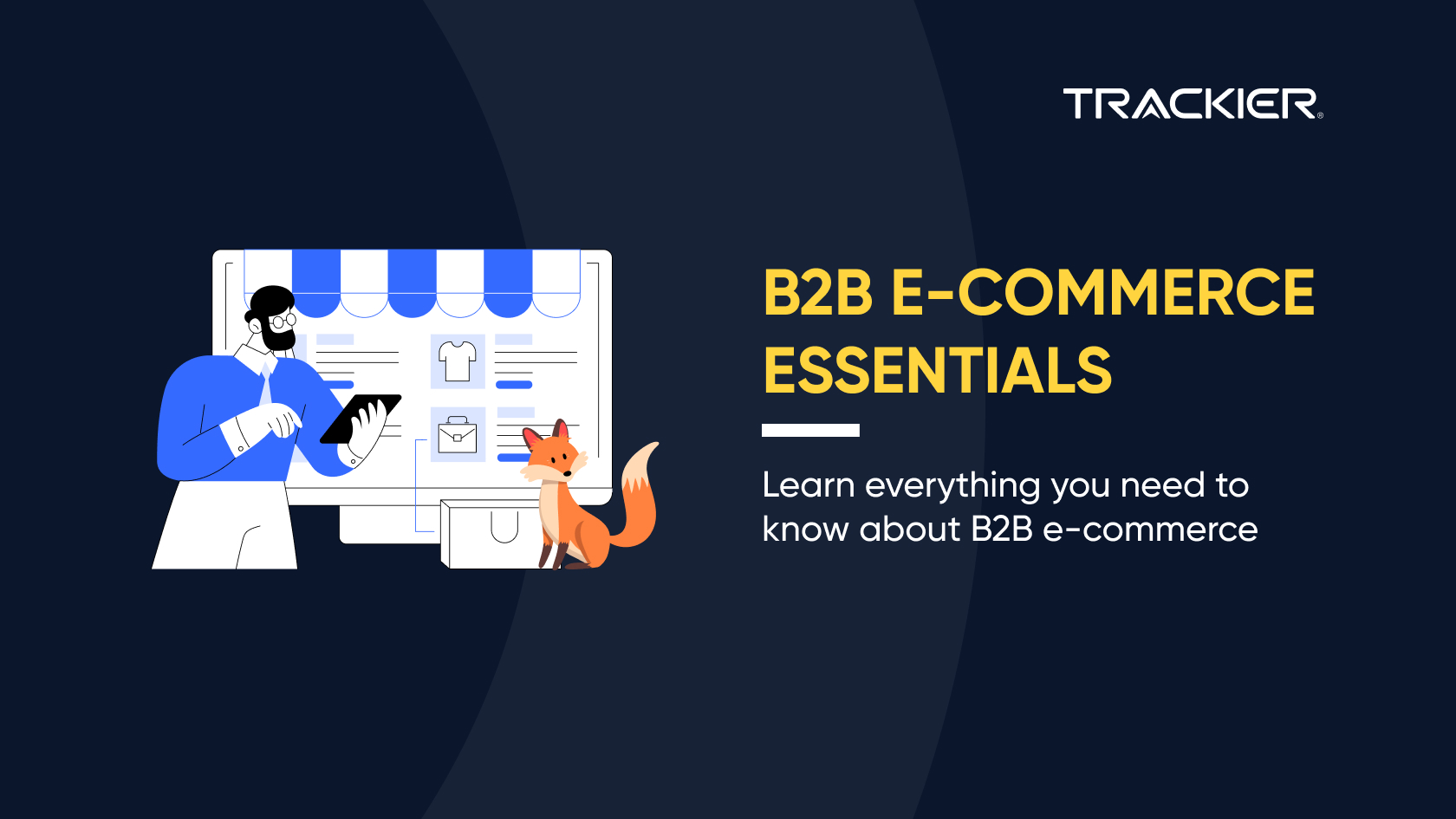The four major tracking components of Trackier include: Product Feed, Commerce Pixel / Postback with Order Details, Campaign Setup with Customized Payout Rules (Offer/Campaign), Publisher Feeds
Trackier provides real-time analytics in a single convenient dashboard from managing, reporting and optimizing your E-commerce Affiliate traffic. The four major tracking components of Trackier E-commerce functionality include:
- Product Feed
- Commerce Pixel / Postback with Order Details
- Campaign Setup with Customized Payout Rules (Offer/Campaign)
- Publisher Feeds
Your Product Feed
Trackier will load a product feed for your entire storefront or subsets of your storefront on a scheduled interval so that your product inventory is up to date.
- Input the URL where your product feed and Trackier will pull the feed on your schedule
- Leverage full performance analytics based on your catalogue (top affiliates per category, brand, Product Feed, etc…)
- View your imported product catalog from the campaign.
Commerce Pixel: Attribute your orders in real-time
Trackier provides an advanced commerce pixel that easily tracks within the Trackier system. With one conversion pixel or postback URL, Trackier will pass back all order information you would want to see in the Trackier interface regarding orders on your site. The commerce pixel easily integrates with 3rd party tracking as well. If you use Google Tag Manager, you can easily integrate Trackier pixel using GTM.
Campaign setup and Payout Rules Simplified
Trackier provides the option of paying your affiliates on a variety of levels. Create campaigns and payouts based on the Unique Id, Brand, Storefront Category or Order details (including vouchers, coupons, and line item details).
Publisher Feeds: They’re Easy to Access
Storefront feeds for product and the creative related information is easily accessible to your affiliates through the Trackier affiliate portal. Trackier campaigns an easy to use the flexible export wizard and supports multiple export methods including an API call to streamline the process. For more information on how to leverage Trackier E-commerce functionality please contact your Account Manager!







